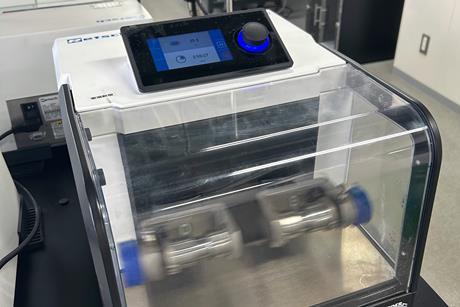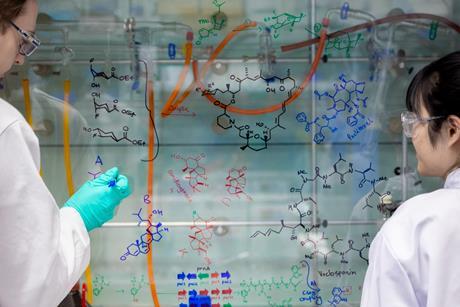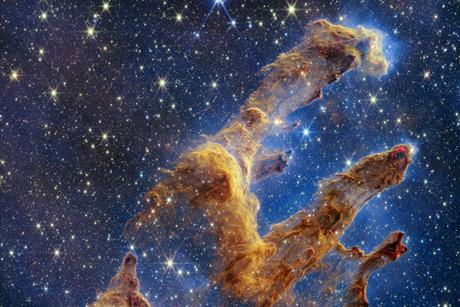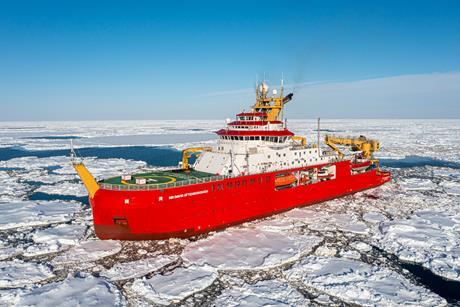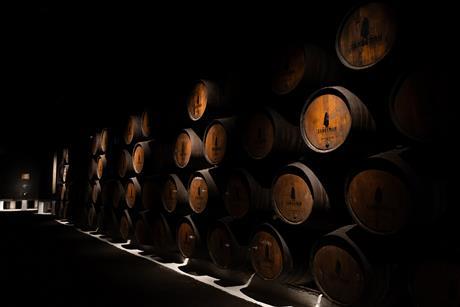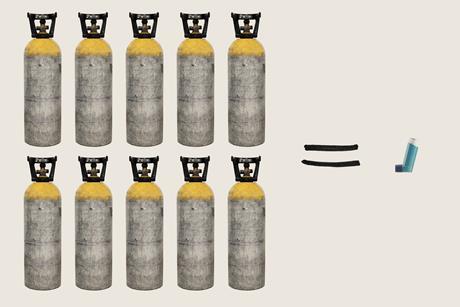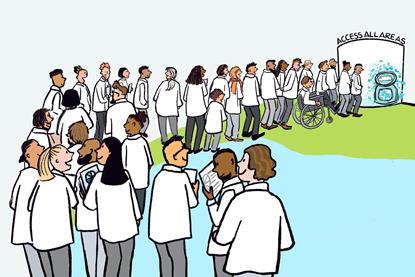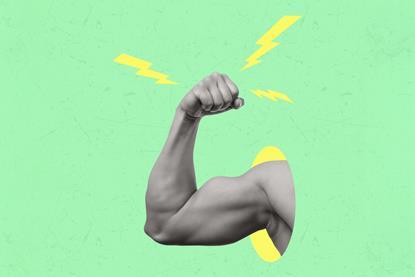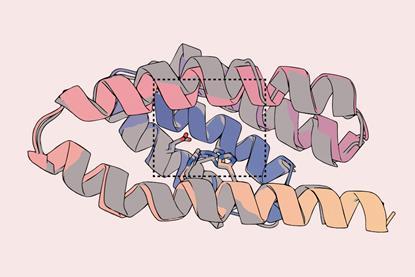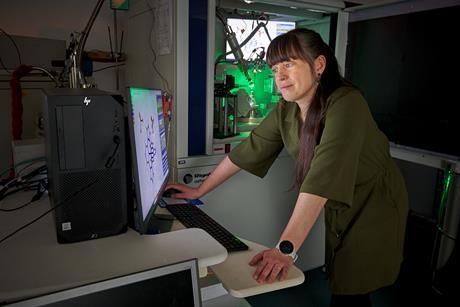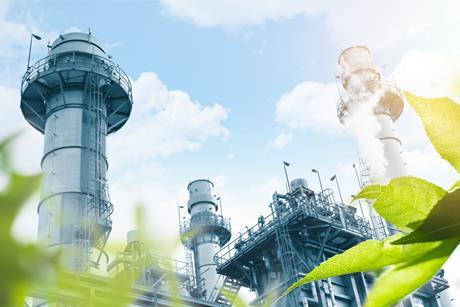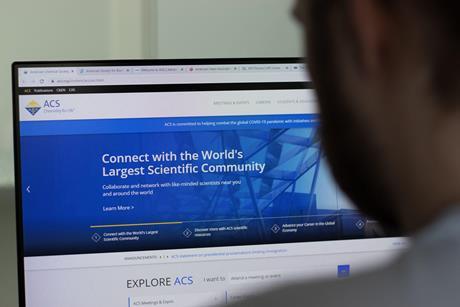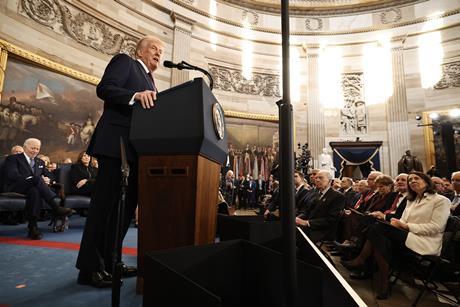Ball-milled sodium provides easy access to organometallic reagent
Solvent-free organosodium is a promising alternative to lithium reagents
How chemists are harnessing halogen bonds for asymmetric synthesis
Chiral control through halogen bonding could be the next frontier for organocatalysis
AI agents set to democratise computational chemistry
Large language models are powering a new generation of AI agents that could transform computational chemistry from a specialist discipline into one any researcher can use, reports Julia Robinson
Supramolecular gels improve performance of aircraft deicing fluids
Made using low-cost reagents, the gels could be more sustainable than current anti-icing products
Stiffest organic crystals reported to date discovered in well-known material
Tree-D printing for Christmas
Thianthrenium reagent captures elusive protein interactions in living cells
Shedding light on how photoactive crystals respond in real time
AI continues to make waves and structural editing impresses in 2025
Insulating window material prevents heat loss while allowing more light through than glass
Highlights
The future of total synthesis
From structure confirmation to methodology improvements, making complex natural products has driven innovation in organic synthesis for decades. Nina Notman looks at its current state, with threats from funding to academic pressures
The JWST reveals the molecular origins of planetary systems
The world’s most expensive infrared spectrometer – the James Webb Space Telescope – is unearthing extraordinary exoplanet chemistry. James Mitchell Crow looks to the skies
The Antarctic manganese mystery
RRS Sir David Attenborough scientists are trying to measure the potentially crucial role of ocean manganese, finds Andy Extance. But how do you do cutting-edge science in the inhospitable Southern Ocean?
The chemistry of port
In Portugal’s Douro valley, centuries-old winemaking traditions meet modern chemistry to create a sweet and intense fortified wine. Bárbara Pinho talks to the experts about the compounds and reactions behind a festive favourite
One medical inhaler can have the impact of 30kg of carbon dioxide
Propellants in asthma inhalers produce greenhouse gas emissions equivalent to driving 200 miles, yet most healthcare systems overlook this climate impact. New low-carbon alternatives are in development, Andy Extance reports, but barriers remain
Topics
AI agents set to democratise computational chemistry
Large language models are powering a new generation of AI agents that could transform computational chemistry from a specialist discipline into one any researcher can use, reports Julia Robinson
AI flexes its protein design muscles for harsh environments
‘Creative architect’ can produce proteins that are four times stronger than natural counterparts
Protein design takes big leap forward as model produces enzymes almost as effective as nature’s
New iteration of RoseTTAFold Diffusion optimises side chain placing to break bonds
Unexpected stability theorised in positron-bound beryllium dimers
Crystal structure prediction reaches new heights with axitinib
AI-designed antibodies target antigens with atomic precision
AI cut development time of antibiotic that spares gut-friendly bacteria by two years
Infrared and NMR fusion boosts automated structure verification
Shedding light on how photoactive crystals respond in real time
Lauren Hatcher discusses her work developing techniques for time-resolved crystallography
When it comes to correcting the scientific record, chemists prefer to have a quiet word
Those surveyed even report introducing ‘errors’ into their work to satisfy reviewers
How does Clarivate pick its potential Nobel prize winners?
Chemistry World talks to the head of research analysis at the Institute for Science Information on how they decide which researchers are producing Nobel-worthy research
Reviving organobismuth chemistry
Despite its low cost and low toxicity, bismuth has found limited applications in organic synthesis. Liam Ball is working to change that
Global analysis identifies trends in platform chemical research
Ammonia and methanol lead shift towards greener technologies
Exploring the frontiers of the periodic table: bismuth catalysis and its applications
Learn about state-of-the-art synthesis coming from one of the world’s leading catalysis research groups
US charity launches $100 million green chemistry initiative
Gordon and Betty Moore Foundation to fund seven year project headed by sustainable chemistry pioneer Paul Anastas
Light-driven catalytic system makes ammonia from nitrogen and water
Dual catalyst system operates under ambient conditions, offering a way to reduce ammonia production’s environmental impact
‘Chemistry changed the world before, we just need to do it again’: Stockholm declaration reimagines future
Paul Anastas talks to Chemistry World about organising call for chemistry to transform itself and make the world more sustainable
Chemists urged to build a greener future by Stockholm declaration document
‘Father of green chemistry’ Paul Anastas among those spearheading call to action
Leading environmental health journal defunded by Trump administration has been saved
The American Chemical Society will now publish Environmental Health Perspectives
One year on, Trump’s second term has upended US science
Fears that the president’s return to the White House would seriously damage science agencies and universities have been borne out
US influence on international research partnerships in decline
Analysis of co-authorship data identifies trends in scientific collaboration
Prominent environmental health journal disappears, but it’s in transition
Environmental Health Perspectives, published by NIH for over 50 years, is suddenly gone but will soon move to a new, non-governmental publisher
AI continues to make waves and structural editing impresses in 2025
The research that has amazed and amused us this year
